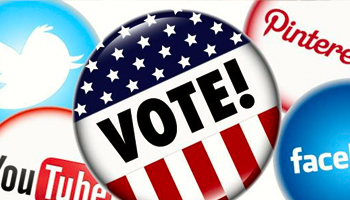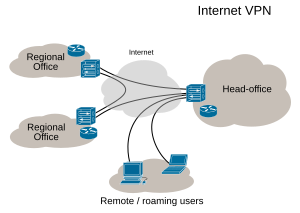Each year, a campaign’s online role becomes more and more valuable. The number of supporters each candidate has online is almost as important as the returns coming in from the daily polls. The election of 2012 was no different. Both candidates were on all social media platforms and they were using them to make sure their message was broadcast loud and clear before Election Day. Let’s take a look at how they did it.
Email
Tried and true, email is still a viable means of communicating with supporters. Getting people to sign up for your email list might be difficult, but once they are it is easy to update them on the major happenings with your organization. One thing I noticed, by being on the email list for one Presidential Candidate is that it’s all in how the email is sent that makes the difference.
Make it personable. Each message I received during election season, was addressed to me or even had my name in the subject line. I can receive up to 100 emails a day in my personal email box so it can be pretty easy for me to miss a few. However, when I see my name, I automatically give that message my attention. This doesn’t mean that I opened every email that was sent to me, but I did open my fair share. By using my name in the subject line and with in the message, the campaign was creating a rapport with me as a supporter where I felt familiar with them and could trust them. This is a simple tactic that can be used by organizations when sending out emails.
Timing is everything. Also when it came to emails, I would receive emails in real time. Before a debate I would get a – this is what I hope to accomplish in this debate – email. When a debate wa
s finished, I would receive a recap email from the campaign. These emails would come at exactly the right time. By sending things out at specific times, I felt that the emails I was receiving were more like a conversation than the traditional form email. Agencies can do the same thing around special events or during political seasons where votes might impact the success of the mission.
Mix it up. One last note about email. I received emails not only from the campaign, but from the candidate himself and other important campaign officials and supporters. Each email was written in a personal manner that read like a conversation opposed to a formal memorandum. By doing this, I felt like I was part of the campaign community and felt more invested in the outcome of the election. Remember that you can do the same thing within your organization. While you may have one person in charge of sending emails out, that doesn’t mean they have to all be written by the same person. Having a CEO send an email to supporters might be beneficial at specific times of the year. Also, think about having a volunteer write a short “this is why I volunteer” blurb that can be sent out to supporters. Additionally, you can have a donor do the same thing. By mixing up the authors of emails, it keeps email subscribers interested in what is being sent out by your organization.
Photos
We’ve talked about the importance of photos in social media before, but during elections season I really noticed how powerful they can be. Besides being more visually stimulating, photos can tell a story more powerfully than words at times. On election night, the Obama Campaign posted a photo of President Obama hugging The First Lady with the caption, “Four More Years”. This became the most “liked” and shared photo ever overnight. What was so special about this photo? It was relatable to so many people – it was a loving couple embracing. Taking photos that tell your story can help your agencies online presence grow.

Variety
One last lesson from election season – variety is the spice of social media life. Each candidate was on multiple social media networks and interacting with supporters on each one. While it can be hard to manage so many networks, making sure your message is being shared all over the web can only help your organization. Doing so will ensure it will be you who is controlling the message on that platform, instead of someone else.
Do you have any social media observations from this past Presidential Election? Have you used any of these methods successfully or unsuccessfully already? I’d love to talk about this further with you in the comments!































